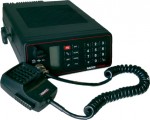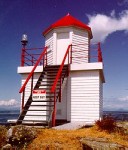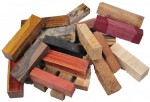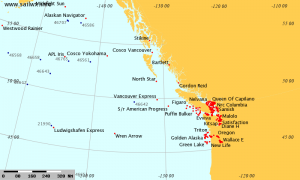What a convenience! What an expense! What a frustration!

Anyone who has used a radio-telephone on the BC coast will agree with me. It was great to have semi-private communications rather than using the government-installed ALAN (Automated Lightstation Alarm Network) phone which was not private, and also broke down. It was expensive to have a privately owned radio-telephone but so nice to be in contact with the rest of the world.
But sometimes this convenience just added a few more gray hairs to my head. Here’s one example of a conversation! (there are probably many more if anyone wants to add one)
**********************************
[heard over the radio-telephone speaker, a ringing sound of a telephone as I keyed the microphone (pressed the press-to-talk (PTT) button to get contact with an operator)]
Operator: Swindle Island [our normal Telus stand-by channel to receive/place phone calls]
Myself: Hello operator, this is McInnes Island ![]() . May I have privacy please.
. May I have privacy please.
[“privacy” allowed us to have some modicum of secrecy on the radio-telephone line as it blanked out our side of the conversation to other listeners so they could not hear our registration number or other personal details e.g. bank account numbers, etc.] Continue reading Radiotelephone Frustration – McInnes Island c. 1970s – 2000








